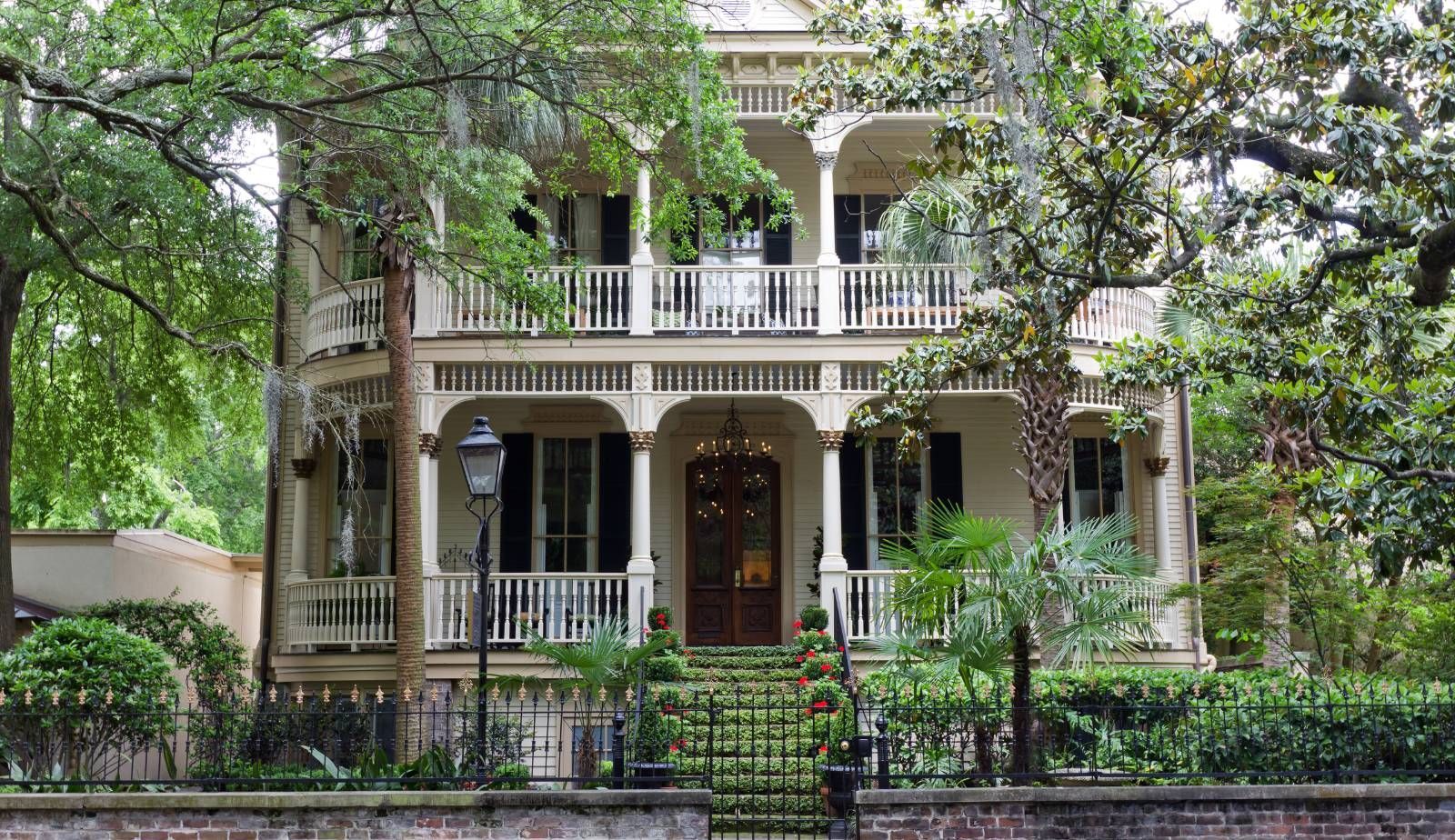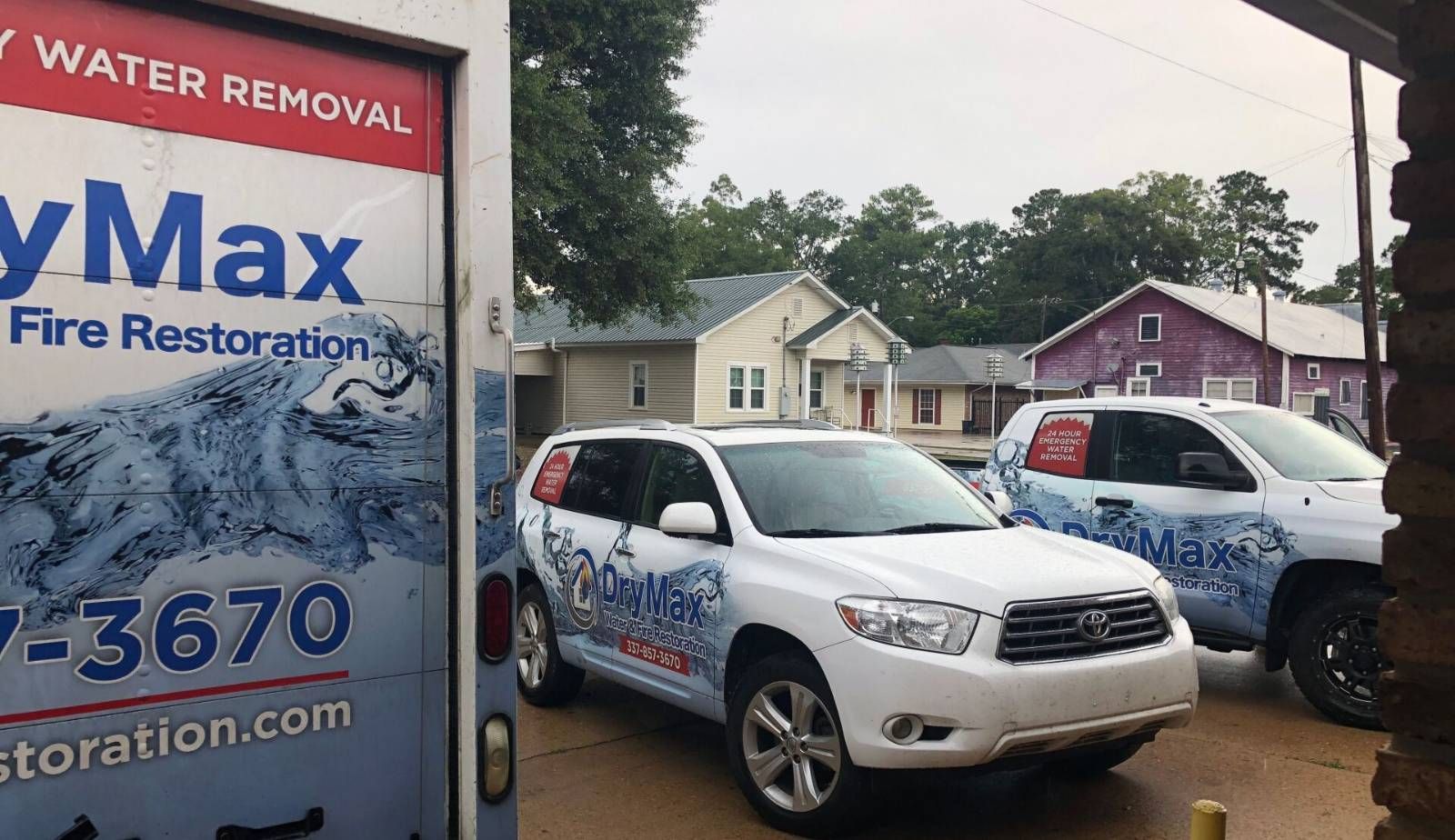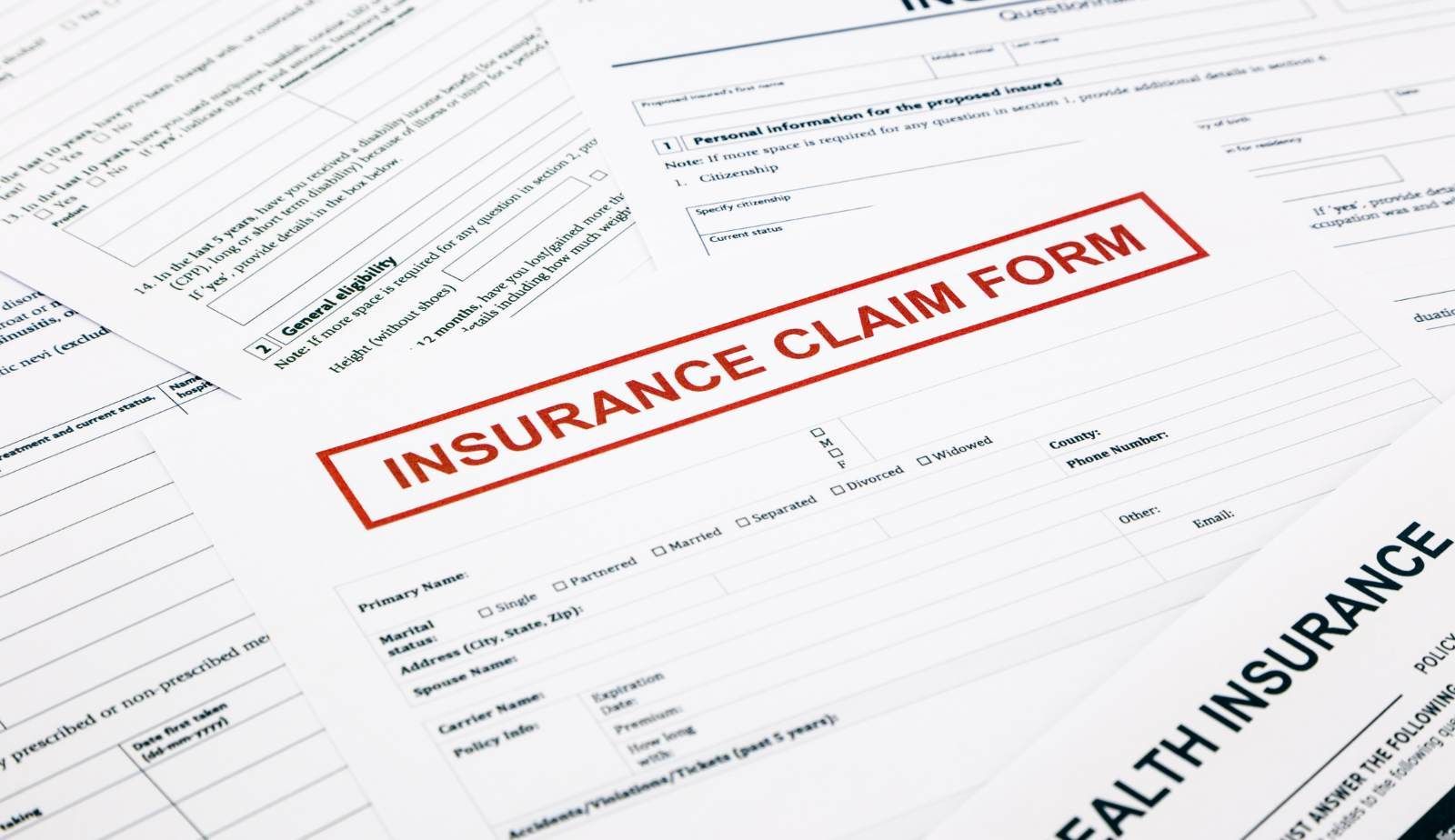Historic Homes & Hidden Leaks: Essential Strategies for Preserving Louisiana Properties from Water Damage
Historic homes in Louisiana, particularly in areas like New Orleans and Baton Rouge, embody a rich cultural heritage and architectural beauty. These properties, however, face unique challenges, especially when it comes to water damage. Implementing specialized strategies to detect and address hidden leaks can help preserve the integrity and value of these cherished homes.
Property owners must be proactive in identifying potential sources of moisture that could lead to significant damage over time. This includes regular inspections of roofing, plumbing systems, and foundations, as well as utilizing advanced technology for leak detection. By prioritizing maintenance, homeowners can safeguard their properties against the destructive impact of water leaks, ensuring their homes remain a source of pride and stability for generations to come.
Investing time and resources into maintaining historic properties is not just about upkeep; it is an essential step in protecting the financial value of these homes. By understanding the specific vulnerabilities of older structures, owners can take informed actions to mitigate risks and enhance the longevity of their investments.
Understanding Historic Homes in Louisiana
Historic homes in Louisiana are notable for their unique architectural features and the materials used in their construction. These properties present both charm and challenges, particularly regarding their vulnerabilities to water damage. A thorough understanding of their characteristics and the risks they face is crucial for effective preservation.
Architectural Characteristics of Older Properties
Older homes in Louisiana often exhibit distinctive architectural styles, including Creole, Victorian, and American Foursquare.
- Creole cottages typically feature raised foundations, large front porches, and wide eaves.
- Victorian homes may present intricate woodwork and ornate detailing.
- Prominent elements include tall ceilings, transom windows, and original hardwood flooring.
These architectural features not only contribute to their aesthetic appeal but can also influence maintenance needs. Proper care is essential to preserve historical integrity and ensure longevity.
Common Construction Materials and Their Vulnerabilities
Historic homes often utilize materials such as wood, brick, and stucco. Each has its strengths and weaknesses.
- Wood: While it offers warmth and beauty, it is susceptible to rot and insect damage.
- Brick: Known for durability, it can crack and allow water penetration if not properly sealed.
- Stucco: This material can trap moisture, leading to mold growth if not maintained.
Understanding these materials assists homeowners in developing effective maintenance strategies tailored to prevent deterioration and water-related issues.
Unique Water Damage Risks in NOLA and Baton Rouge
Water damage risks in New Orleans and Baton Rouge stem from their geographical locations and climate conditions. Heavy rain, high humidity, and the proximity to water bodies increase these risks significantly.
- Flooding: Homes in these areas are at risk for flooding, necessitating elevating structures or installing barriers.
- Hidden leaks: Older plumbing systems are prone to leaks, which can go unnoticed and cause extensive damage.
- Poor drainage: Ineffective drainage systems can lead to pooling water around foundations, exacerbating structural issues.
Awareness of these risks can aid homeowners in implementing preventive measures, preserving both the structure and value of historic homes.

Detecting Hidden Leaks and Water Intrusion
Detecting hidden leaks and water intrusion in historic Louisiana homes requires a keen eye and specific knowledge. Recognizing the signs of potential damage and employing both traditional and modern detection methods can prevent costly repairs and preserve the integrity of these valuable properties.
Signs of Water Damage in Historic Structures
Historic homes often exhibit unique signs of water damage. Homeowners should look for:
- Stains and Discoloration: Water stains on walls and ceilings may indicate leaks above. Yellow or brown spots can denote prolonged exposure to moisture.
- Mold Growth: The presence of mold or mildew, especially in corners or behind furniture, suggests excess moisture and can be a health hazard.
- Warped Surfaces: Floors, walls, and ceilings that have buckled or warped indicate a moisture issue. This can compromise the home’s structural integrity.
- Unpleasant Odors: A musty smell often accompanies hidden leaks. It can indicate the presence of mold or dampness.
Proper inspection of these signs is essential for early intervention.
Modern and Traditional Leak Detection Techniques
Several techniques are available to detect leaks in historic structures. Each has its advantages:
- Visual Inspections: Regular walkthroughs help to identify visible damage and potential problem areas.
- Moisture Meters: These devices measure moisture levels in walls and floors, alerting homeowners to concealed issues.
- Acoustic Leak Detection: This method uses sound to detect water escaping from pipes, offering precision without invasive measures.
- Infrared Thermography: Thermal imaging cameras can identify temperature differences caused by water intrusion, making it easier to locate leaks without cutting into walls.
Understanding each method allows for a tailored approach depending on the property’s characteristics.
Areas Most Prone to Hidden Leaks
Certain areas in historic homes are particularly susceptible to hidden leaks. Common locations include:
- Basements and Crawl Spaces: These damp areas often harbor leaks due to aging pipes or inadequate drainage.
- Bathrooms and Kitchens: Fixtures in these rooms are prime targets for leaks, especially around sinks, tubs, and toilets.
- Roof and Gutters: Older roofs may have damaged shingles or clogged gutters, leading to water intrusion.
- Exterior Walls: Cracks and gaps in foundational walls can allow water to seep in, particularly during heavy rainfall.
Regular inspections of these high-risk areas reinforce preventive maintenance and protect the home’s heritage.
Preventative Maintenance Strategies for Aging Homes
Maintaining historic homes, especially in areas like New Orleans and Baton Rouge, requires a proactive approach to prevent water damage. Implementing routine inspections, improving drainage, and adhering to seasonal maintenance can significantly enhance the longevity of these properties.
Routine Inspections for Early Detection
Regular inspections are essential for identifying potential issues before they escalate. Homeowners should conduct thorough checks of roofs, gutters, and foundations at least twice a year.
Key Areas to Inspect:
- Roof: Look for missing shingles or signs of wear.
- Gutters: Ensure they are clear of debris to prevent overflow.
- Foundation: Check for cracks or signs of settling.
Document findings for tracking changes over time. Early detection of plumbing leaks or corroded pipes prevents minor issues from becoming major repairs. By addressing problems promptly, homeowners preserve the integrity and value of their historic properties.
Improving Drainage and Grading
Effective drainage is crucial for avoiding water accumulation around a home. Improper grading can lead to water pooling near foundations, risking structural damage.
Improvement Steps:
- Evaluate Grading: Ensure the ground slopes away from the building.
- Install Drainage Systems: Consider French drains or dry wells in areas prone to flooding.
- Maintain Landscaping: Keep vegetation away from the foundation to prevent moisture buildup.
Utilizing these strategies minimizes the risk of water entering basements and crawl spaces, which can lead to mold and deterioration.
Seasonal Maintenance Approaches
Adapting maintenance tasks to seasonal changes is vital for preserving older homes. Each season presents unique challenges that require targeted strategies.
Seasonal Tasks Include:
- Spring: Clean gutters and check for roof damage after winter.
- Summer: Inspect air conditioning units and check for dampness in basements.
- Fall: Prepare for rain by clearing away leaves and debris that may block drainage systems.
- Winter: Ensure insulation is intact to prevent ice dams and frozen pipes.
By setting a seasonal maintenance schedule, homeowners can safeguard against the elements and enhance their home’s resilience to weather-related challenges.
Waterproofing Solutions Suited for Historic Properties
Preserving the integrity of historic homes in Louisiana requires targeted waterproofing strategies. These solutions must protect the property while respecting its architectural significance.
Non-Invasive Waterproofing Techniques
Non-invasive waterproofing methods are essential for maintaining the character of historic structures. Techniques like interior damp-proofing create barriers against moisture without altering exterior aesthetics.
- Membrane Systems: These involve installing a water-resistant membrane on interior walls. They are effective in redirecting moisture away from vulnerable areas.
- Sealants: Applying high-quality, breathable sealants on windows and doors helps prevent water infiltration without compromising the original materials.
Landscaping can also support non-invasive measures. Proper grading and drainage systems ensure water is diverted away from foundations and crucial structural elements.
Foundation Sealing Without Compromising Character
Sealing foundations in historic properties requires a delicate balance. The chosen methods should protect without disrupting the building's historic elements.
- Epoxy Injection: This method involves injecting epoxy resin into foundation cracks. It's minimally invasive and preserves the original structure.
- Soil Stabilization: Techniques like soil nailing or the use of helical piers can reinforce foundations while maintaining the authenticity of the home's setting.
Using natural materials in repair work, such as lime-based mortars, can provide additional benefits. They allow for moisture to escape while preventing damage, ensuring both durability and aesthetic integrity.
These solutions are crucial for safeguarding historic homes from the persistent threat of water damage.

Specialized Repair and Restoration After Water Damage
Repairing historic homes after water damage requires careful consideration and specialized techniques to preserve their value. Key strategies include salvaging original materials, effectively addressing mold, and collaborating with preservation experts to ensure authenticity and structural integrity.
Salvaging Original Materials
When restoring older buildings, salvaging original materials is critical. Many historic homes in Louisiana feature unique woodwork, plaster, or brick that enhance their character.
Key steps in this process include:
- Assessment: Evaluate the extent of water damage to determine what can be saved.
- Careful Removal: Use tools that minimize damage to surrounding materials during extraction.
- Cleaning: Clean salvaged materials thoroughly to remove contaminants, ensuring they are safe for reuse.
- Restoration: Repair any damaged parts, such as tightening joints or filling in cracks.
By prioritizing the preservation of original features, homeowners can maintain the historic value of their properties while enhancing their longevity.
Mold Remediation in Older Buildings
Mold growth is a common concern in historic homes post-water damage. Given their unique construction and materials, older buildings may be particularly susceptible.
Effective mold remediation strategies include:
- Moisture Control: Identify and eliminate any sources of moisture to prevent ongoing mold issues.
- Containment: Use barriers to isolate affected areas, preventing spores from spreading during cleanup.
- Safe Removal: Employ professionals trained in old home restoration to safely remove mold and contaminated materials.
- Preventive Measures: After remediation, apply mold-resistant treatments to vulnerable surfaces.
Addressing mold promptly helps preserve health and structural integrity in historic homes.
Working With Preservation Experts
Engaging preservation experts is essential for successful restoration of historic homes. These professionals possess specialized knowledge about materials and techniques suitable for older structures.
Collaboration benefits include:
- Expert Assessment: Preservationists can evaluate damage and recommend tailored restoration plans.
- Authenticity Maintenance: They guide homeowners in using appropriate materials and methods that align with historic standards.
- Regulatory Compliance: Experts help navigate local preservation laws, ensuring restoration adheres to standards and guidelines.
Working with preservation professionals can ensure that repairs respect the home’s history and character.
Enhancing Resale Value Through Preservation
Preserving the integrity of historic homes plays a significant role in enhancing their resale value. Attention to detail in maintenance and a clear understanding of buyer preferences can elevate the worth of these properties.
Documenting Maintenance and Repairs
Maintaining meticulous records of all repairs and maintenance is crucial for historic homes. This documentation should include dates, descriptions of work completed, and any professional inspections performed.
Buyers appreciate transparency. A well-kept log demonstrates the homeowner’s commitment to preservation, which can alleviate concerns about hidden issues. Examples of important documents to include are:
- Photos: Before and after images of repairs.
- Invoices: Proof of professional work completed.
- Inspection Reports: Findings from past evaluations.
Having this information readily available can instill confidence in potential buyers, showcasing that the property has been well cared for and free from serious issues.
Appealing to Heritage-Home Buyers
Targeting heritage-home buyers requires an understanding of what these buyers value most. Many are drawn to properties with character, architectural integrity, and a story to tell.
Highlighting original features such as crown molding, hardwood floors, and historic fixtures can significantly attract interest. Strategies to appeal to this market include:
- Virtual Tours: High-quality videos showcasing the home’s unique qualities.
- Open Houses Focused on History: Infusing local history into showings can enhance buyer connection.
- Promotions on Historical Significance: Providing context about the home’s past can resonate with heritage enthusiasts.
Marketing the property through these lenses can enhance perceived value and make it more appealing to buyers who appreciate the charm of older homes.
Local Resources and Support for Historic Homeowners
Historic homeowners in Louisiana have access to several valuable resources to aid in property preservation. Organizations and programs offer assistance tailored to the unique needs of older homes.
1. Louisiana Division of Historic Preservation (LDHP)
The LDHP provides guidance on protecting historic properties. While it does not offer regular grants, it has resources for safeguarding properties against natural disasters.
2. Louisiana Trust for Historic Preservation
This organization advocates for historic preservation in Louisiana. They offer information on grants, disaster recovery, and community resources, which can be beneficial for homeowners.
3. Preservation Resource Center of New Orleans
The center focuses on maintaining and restoring historic homes in New Orleans. It provides educational resources, workshops, and expertise on best preservation practices.
4. Local Contractors and Experts
Finding specialized contractors familiar with historic homes is crucial. Many local professionals understand the particular challenges these properties face and can assist with maintenance and restoration.
5. Online Resources
Homeowners can also explore online databases and forums for tips on managing water damage and maintaining property value. YouTube channels dedicated to home restoration can offer practical advice and visual guidance.
Utilizing these resources can empower homeowners to protect and enhance the value of their historic properties.

Frequently Asked Questions
Understanding the nuances of water damage in historic Louisiana homes is essential for preservation. The following questions address common concerns and offer practical solutions for homeowners.
What are common signs of water damage in historic Louisiana homes?
Homeowners should look for discoloration on walls or ceilings, especially stains that appear brown or yellow. Peeling paint and warped floors can also indicate moisture issues. Musty odors often signal hidden water damage within walls or under flooring.
How can homeowners protect their historic properties from potential water damage?
Regular maintenance of roofing and gutters is crucial for preventing water accumulation. Ensuring proper drainage around the foundation can minimize risk. Additionally, sealing windows and doors helps protect against water intrusion.
What are the best practices for detecting hidden leaks in older homes?
Using moisture meters can help identify high humidity areas or leaks behind walls. Homeowners should also conduct routine inspections of plumbing systems. Dark spots on walls or ceilings may indicate leaks that require further investigation.
Can modern water damage prevention technology be integrated into historic homes without affecting their integrity?
Yes, many modern solutions can be discreetly implemented. For instance, installing smart humidity sensors can help detect moisture without altering the building's structure. Waterproof membranes and sealants can be applied during restoration work to protect historic materials.
What steps should be taken when water damage is discovered in a historic property?
Immediate action is essential. Homeowners should document the damage for insurance purposes before starting any repairs. Contacting professionals specializing in historic restoration can ensure proper handling of the situation.
Who are the qualified professionals to consult for water damage restoration in historic Louisiana homes?
It is recommended to work with contractors experienced in historic preservation. Certified restoration specialists, particularly those familiar with Louisiana’s building styles, are essential. Consulting local preservation organizations can also provide valuable resources and referrals.
You might also like
DryMax Restoration Blogs




